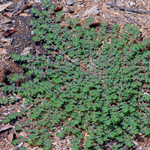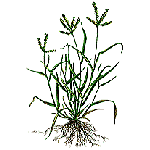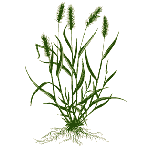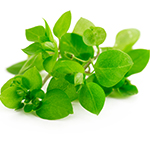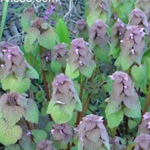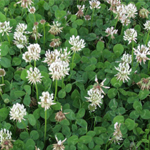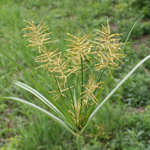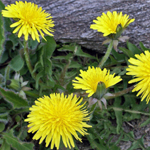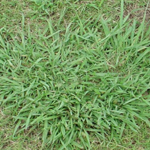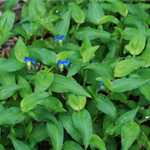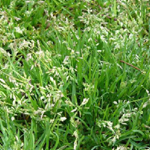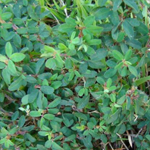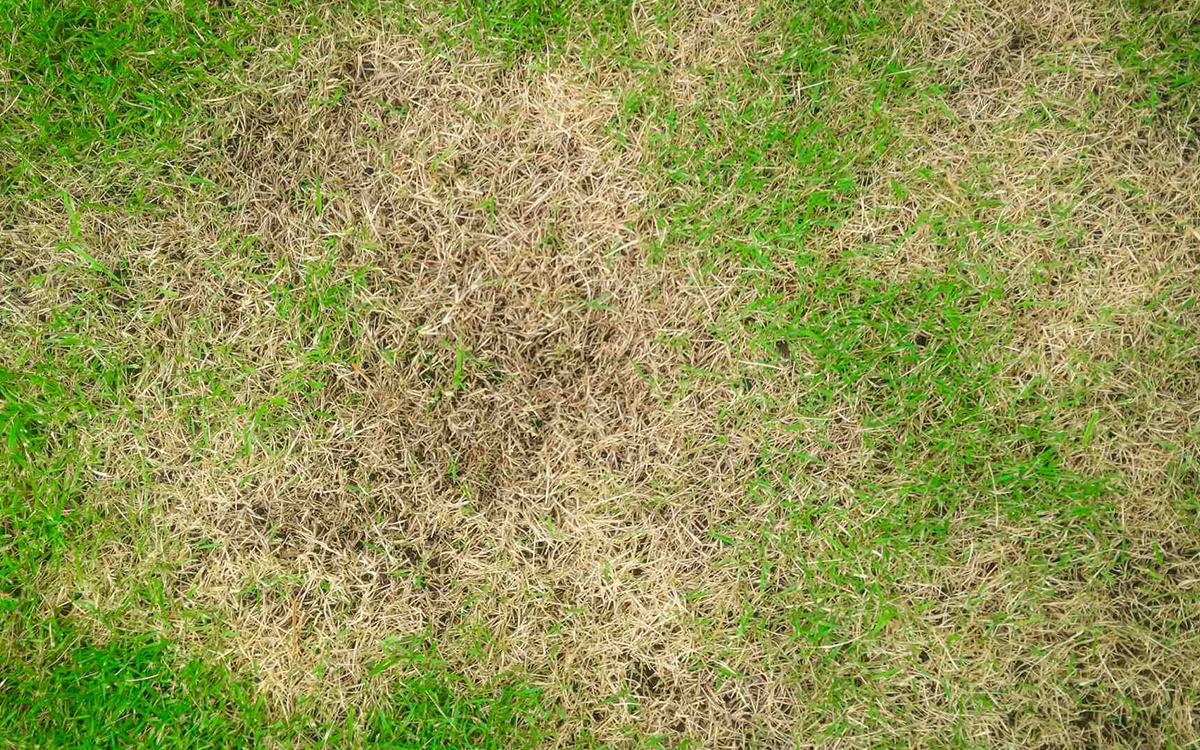
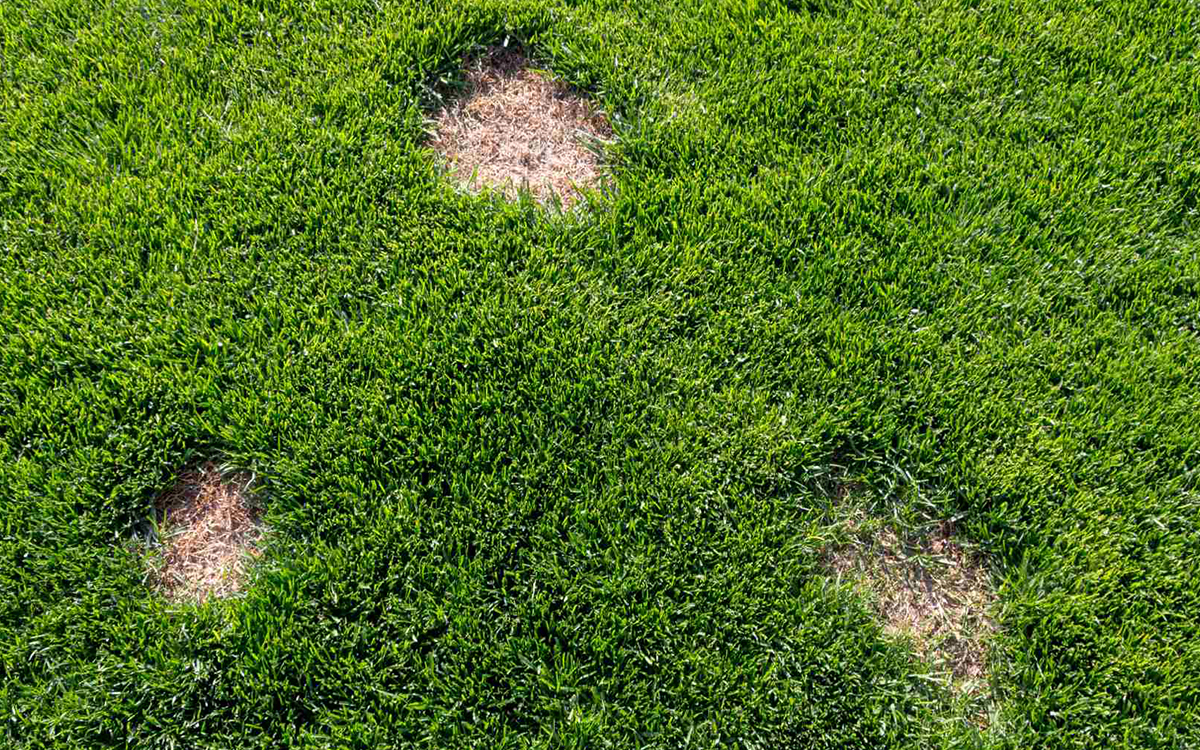

If you believe your lawn might have a fungus please call us right away so we can address the problem.
Common Lawn Problems
Lawn diseases usually appear as circular dead or dying spots in the lawn.
Serious fungal diseases
A few serious fungal diseases can affect home bermudagrass turfs. Spring dead spot, brown patch and dollar spot are among them. Bermuda decline (root rot) is another disease that occurs in poorly drained soil.
Spring dead spot
Spring dead spot starts as circular spots about 6 inches wide and can grow to 2 or more feet in diameter. It begins in the fall, but the damage will not appear until the spring. It is a problem on lawns where high amounts of nitrogen were used throughout the year and especially in the fall. Thatch build-up only worsens the problem. Avoid high nitrogen applications in the fall or late summer.


